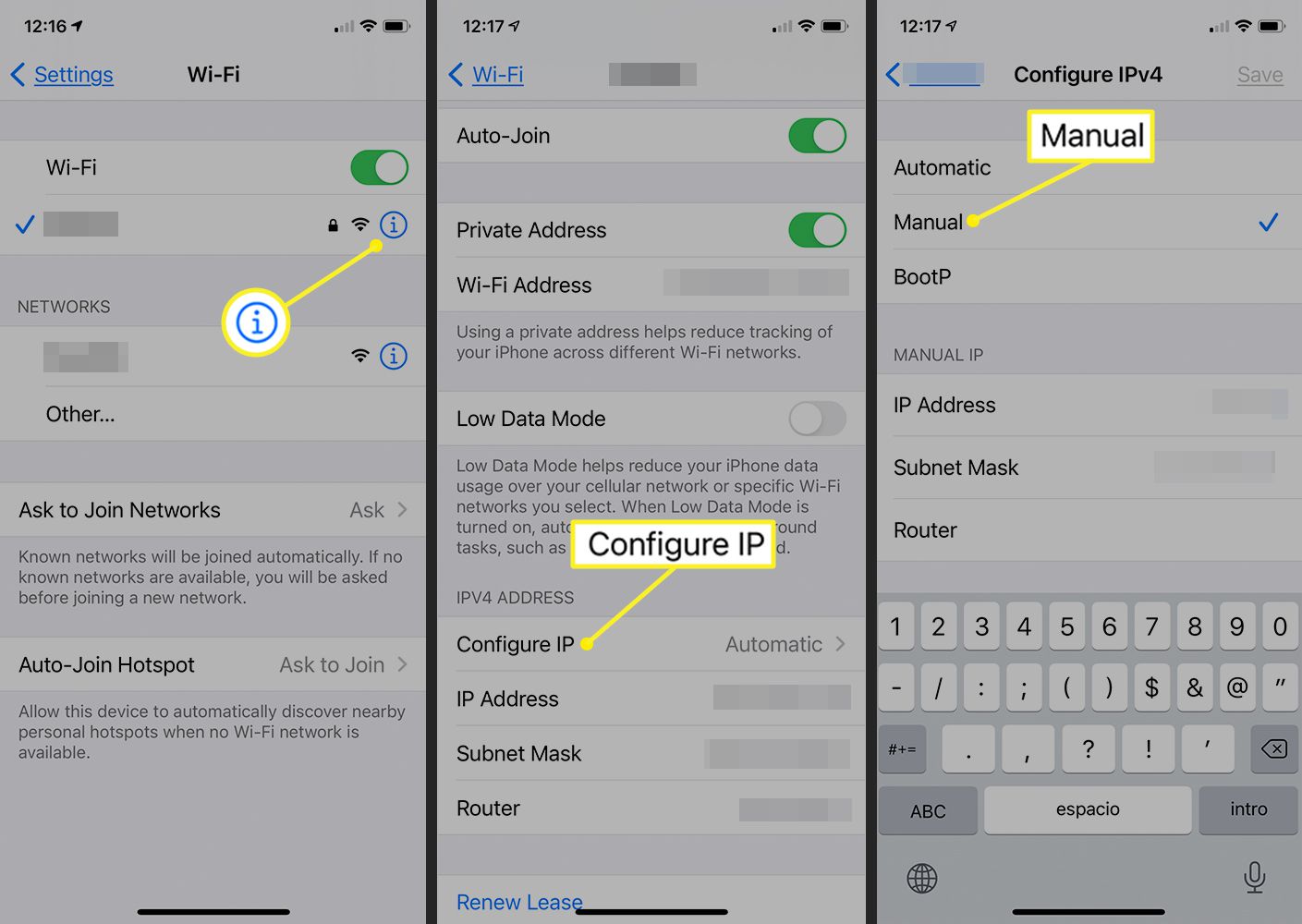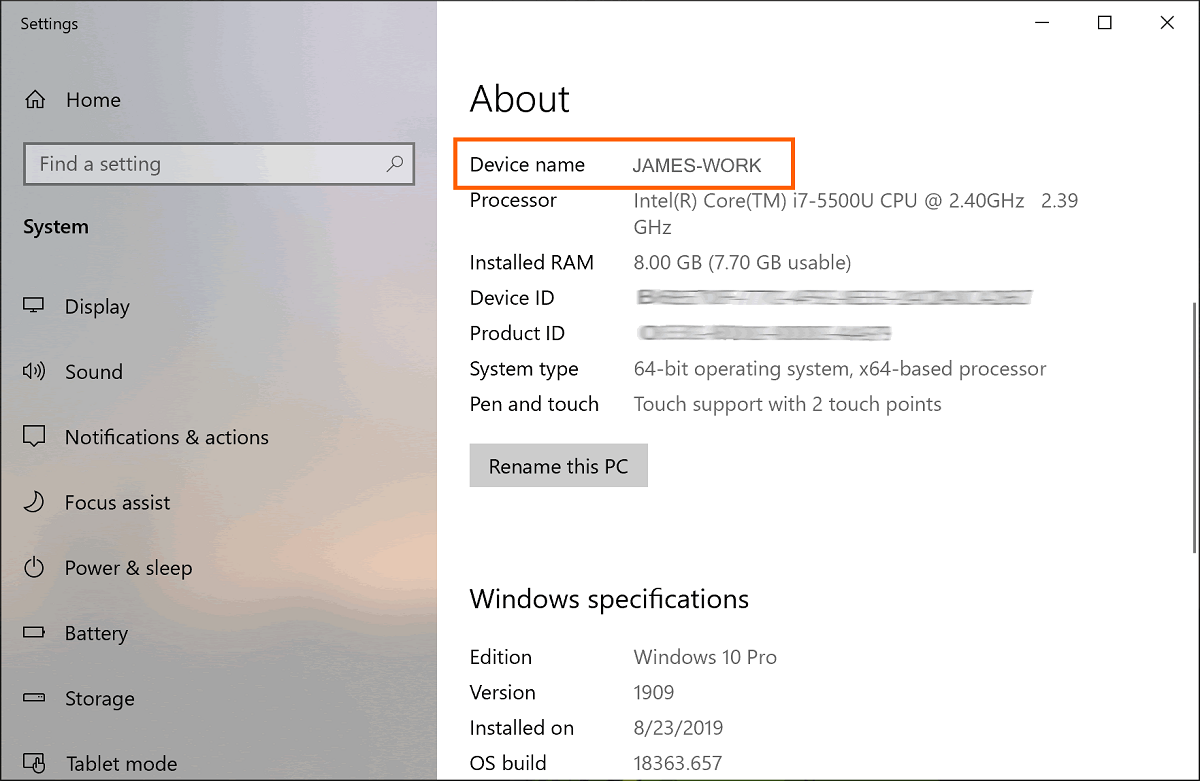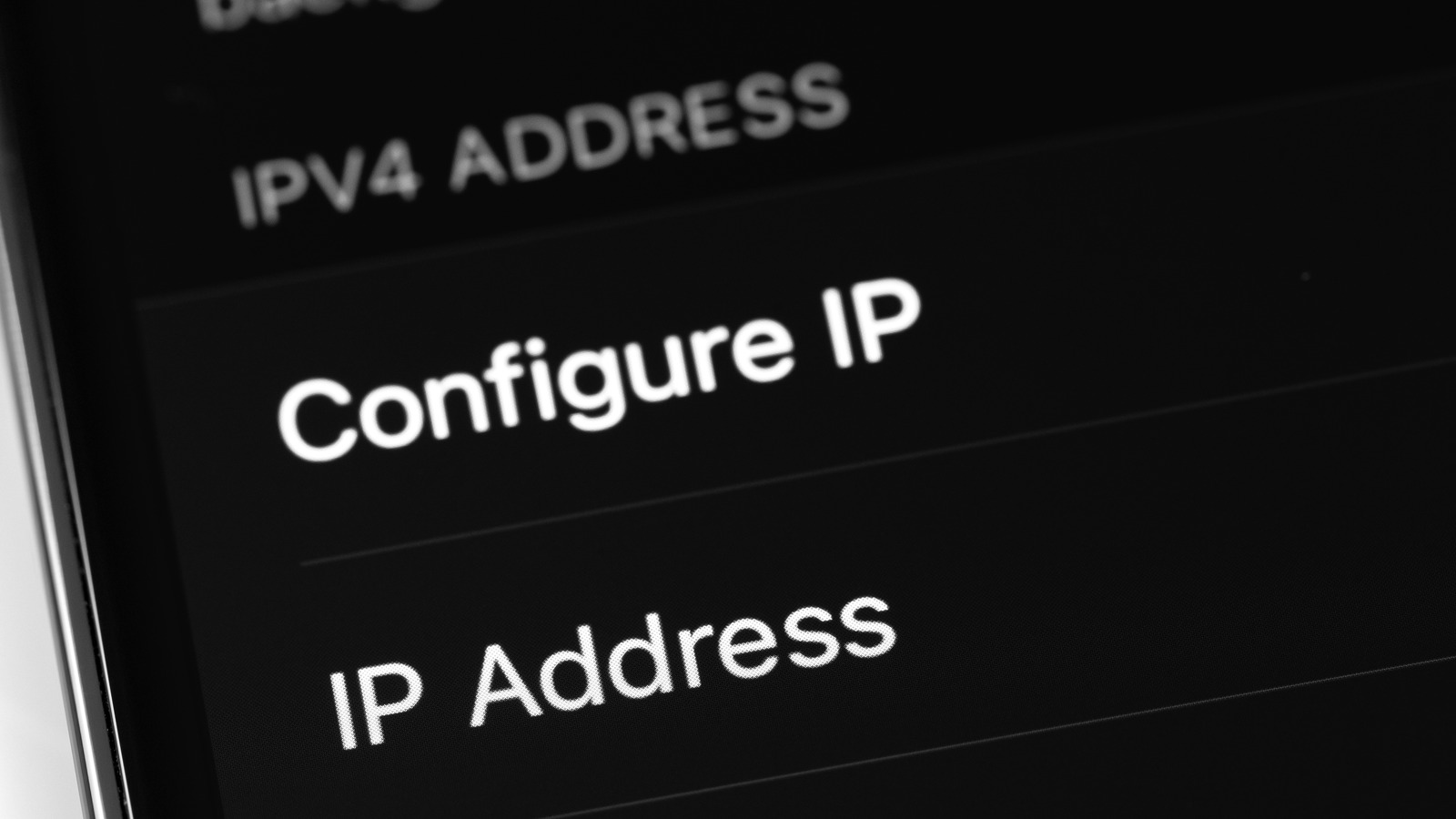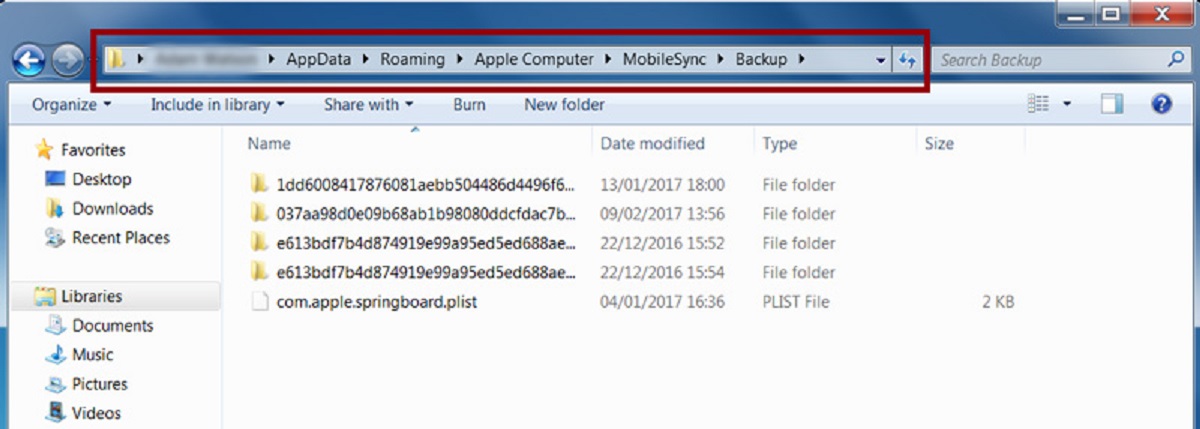Introduction
Welcome to the world of technology, where every digital device is assigned a unique identifier known as a MAC address. Whether you’re a tech enthusiast, an IT professional, or simply curious about your computer’s network connections, knowing how to find the MAC address on your PC can come in handy. This article will guide you through different methods to easily locate your MAC address.
But first, let’s understand what a MAC address is and why it is significant.
A Media Access Control (MAC) address is a 12-digit alphanumeric identifier assigned to a network interface card (NIC), such as a Wi-Fi adapter or Ethernet port, in a computer or any other device capable of connecting to a network. It serves as a unique identifier for that particular device on a network.
MAC addresses are essential for communication within local area networks (LANs). They assist in the routing of data packets by ensuring that they are delivered to the correct destination device. Each MAC address consists of two parts. The first half, known as the Organizationally Unique Identifier (OUI), is assigned by the manufacturer of the network interface card. The second half is a unique serial number assigned by the manufacturer.
Now that we have an overview of what a MAC address is and its purpose, let’s explore the reasons why you might need to find it on your PC.
What is a MAC address?
A Media Access Control (MAC) address is a unique identifier assigned to a network interface card (NIC) in a computer or any other network-capable device. It serves as a hardware identification number, enabling devices to communicate with each other within a local area network (LAN).
MAC addresses are composed of 12 characters, which are a combination of numbers (0-9) and letters (A-F). The address is typically displayed in six pairs, separated by colons or hyphens. For example, a MAC address may appear as “00:1A:2B:3C:4D:5E” or “00-1A-2B-3C-4D-5E”.
Every network capable device, including computers, laptops, smartphones, tablets, and even network-enabled printers or smart TVs, has a unique MAC address. This uniqueness is crucial for identifying and sending data to the intended recipient within a network.
The first half of a MAC address is known as the Organizationally Unique Identifier (OUI). The OUI is assigned by the Institute of Electrical and Electronics Engineers (IEEE) to each manufacturer of network interface cards. It identifies the manufacturer or vendor of the device. The second half of the MAC address is the unique identifier assigned by the manufacturer, which distinguishes one device from another.
MAC addresses play a vital role in data communication within a LAN. When sending data packets, devices use MAC addresses to determine the destination device on the network. The MAC address acts as a key that allows communication between devices on the same network and helps ensure that data is delivered to the correct device.
It’s important to note that MAC addresses are only relevant within the local network. When data is sent over the internet, routers use a different addressing system called IP addresses to forward packets to the correct devices.
Now that we have a clear understanding of what a MAC address is, let’s explore why you might need to find the MAC address on your PC.
Why would you need to find a MAC address?
While MAC addresses may seem like technical details hidden deep within your computer’s settings, there are several practical reasons why you might need to find the MAC address on your PC. Here are a few common scenarios:
- Network Troubleshooting: When you encounter network connectivity issues, being able to identify the MAC address can be helpful in diagnosing the problem. Network administrators often use MAC addresses to troubleshoot and resolve network connectivity issues by examining the connection status and identifying potential conflicts or configuration errors.
- Device Identification: In crowded network environments, it can be challenging to determine which devices are connected to your network. By identifying the MAC addresses of the devices connected to your network, you can pinpoint specific devices, ensuring that unwanted or unauthorized devices are not accessing your network.
- MAC Filtering: Some network routers provide the option to filter incoming connections based on MAC addresses. This feature allows you to specify which devices are allowed or denied access to your network. Finding the MAC address of a device you want to either allow or block is essential for implementing this level of network security.
- Device Registration: In certain situations, you may need to register a device with an organization or service provider based on its MAC address. This can be common in educational institutions, corporate networks, or public Wi-Fi hotspots. By finding the MAC address, you can provide the necessary information to register and gain access to the network.
- Device Replacement or Upgrade: If you’re replacing or upgrading a network interface card in your computer, you need to know the MAC address of the old card to transfer any specific network settings or configurations to the new card. This ensures a seamless transition without any disruption to your network connectivity.
These are just a few examples of why you might need to find the MAC address on your PC. It is a valuable piece of information that can assist you in troubleshooting network issues, maintaining network security, and ensuring smooth device connectivity within your network environment.
Method 1: Command Prompt
One of the simplest ways to find the MAC address on your PC is by using the Command Prompt. Follow these steps:
- Press the Windows key + R on your keyboard to open the Run dialog box.
- Type “cmd” and press Enter to open the Command Prompt.
- In the Command Prompt window, type “ipconfig /all” and press Enter.
- A list of network adapters will be displayed. Locate the adapter for which you want to find the MAC address. Look for the “Physical Address” or “MAC Address” entry, which will display the MAC address in the format “xx-xx-xx-xx-xx-xx”.
- Note down the MAC address for future reference or troubleshooting.
The Command Prompt method is quick and effective, allowing you to find the MAC address without the need for third-party software or complex settings. However, if you’re not comfortable using the Command Prompt, don’t worry. There are alternative methods available.
Let’s explore the next method for finding the MAC address on your PC.
Method 2: Network Adapter Settings
If you prefer a more user-friendly approach, you can find the MAC address of your PC through the network adapter settings. Here’s how:
- Go to the Start menu and click on Settings.
- In the Settings window, click on Network & Internet.
- Under the “Status” tab, click on Change adapter options.
- A new window will open, displaying all the network adapters connected to your PC. Right-click on the adapter for which you want to find the MAC address and select Status.
- In the adapter status window, click on the Details button.
- A list of information will be displayed. Look for the “Physical Address” or “MAC Address” entry, which will show the MAC address in the format “xx-xx-xx-xx-xx-xx”.
- Take note of the MAC address for reference.
This method provides a graphical interface for locating the MAC address, making it more accessible for users who are not comfortable with the Command Prompt. However, if you still prefer alternative methods, continue reading to learn about the PowerShell method.
Method 3: PowerShell
If you’re comfortable working with PowerShell, you can use this powerful command-line tool to find the MAC address on your PC. Here are the steps:
- Press the Windows key to open the Start menu, and type “PowerShell“.
- Right-click on Windows PowerShell from the search results and select Run as administrator.
- In the PowerShell window, type “Get-NetAdapter” and press Enter.
- A list of network adapters will be displayed, along with their respective details, including the MAC address under the “MacAddress” column.
- Note down the MAC address for the specific network adapter you’re interested in.
PowerShell offers an alternative method for finding the MAC address, particularly for users who are comfortable with command-line tools and prefer more advanced functionalities. However, if you’re looking for a more user-friendly option, there is one more method you can explore – using third-party software.
Let’s move on to the next method.
Method 4: Third-Party Software
If you prefer a hassle-free approach or want to explore additional features beyond simply finding the MAC address, using third-party software can be a convenient option. There are various tools available that can help you retrieve the MAC address of your PC. Here’s how you can use third-party software:
- Research and identify a reliable third-party software that specializes in network monitoring or network adapter management.
- Download and install the software on your PC, following the installation instructions provided by the software developer.
- Once the software is installed, launch it and navigate to the section or feature that allows you to view network adapter information.
- Within the software interface, you should be able to locate the MAC address of your PC’s network adapters listed alongside their other details.
- Make a note of the MAC address for future reference or troubleshooting purposes.
Using third-party software can provide a more comprehensive view of your network adapters and offer additional features related to network management. However, keep in mind that choosing a reputable and trustworthy software is crucial to avoid any potential security risks or compatibility issues.
Now that we have explored the four different methods to find the MAC address on your PC, you can choose the one that suits your preferences or comfort level. Remember to consider factors such as ease of use, familiarity with command-line tools, and any specific requirements or limitations you might have.
With the MAC address in hand, you can now confidently troubleshoot network issues, ensure network security, or carry out any necessary configuration changes within your network environment.
Conclusion
Knowing how to find the MAC address on your PC is a valuable skill that can come in handy for various reasons, such as troubleshooting network issues, ensuring network security, or registering devices on a network. Throughout this article, we discussed four different methods you can use to locate the MAC address on your PC.
The Command Prompt method offers a quick and straightforward approach, allowing you to find the MAC address using simple commands. If you prefer a more user-friendly option, you can utilize the network adapter settings in the Windows settings menu to locate the MAC address.
For users comfortable with PowerShell, the PowerShell method provides a powerful command-line tool to retrieve the MAC address. Lastly, third-party software can offer a more comprehensive set of features for network adapter management, including the ability to view MAC addresses.
Consider your comfort level, familiarity with command-line tools, and specific requirements when choosing the method that best suits your needs. With the MAC address at your disposal, you can confidently troubleshoot network issues, ensure network security, and configure your network with ease.
Now that you have a clear understanding of how to find the MAC address on your PC, you can use this knowledge to enhance your networking capabilities and confidently navigate the world of computer networks.

























